Recent Articles
Popular Makes
Body Types
2021 Ford Escape Road Test and Review
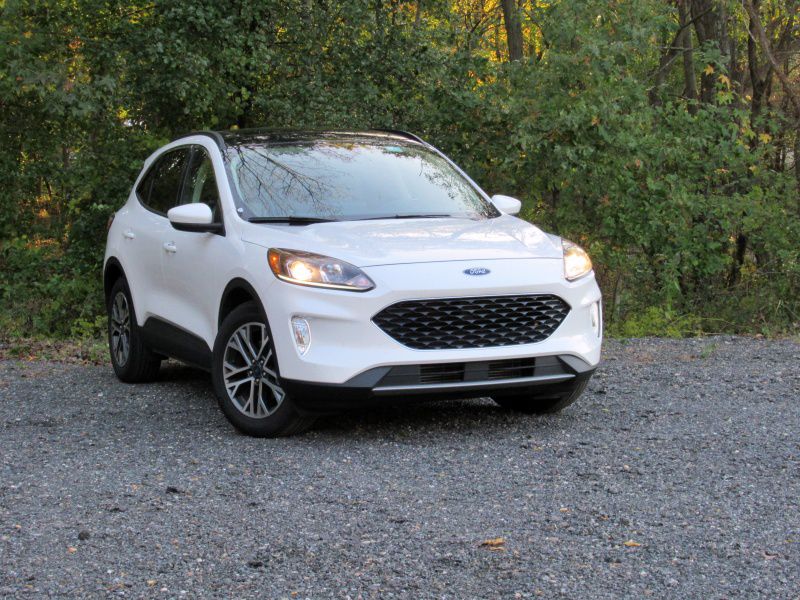
2020 Ford Escape SEL ・ Photo by Brady Holt
A few years ago, Ford made a controversial decision: It would discontinue all its sedans and hatchbacks, focusing its lineup instead on SUVs and pickup trucks. The idea was that if most customers would rather buy a more expensive, more profitable vehicle, Ford didn’t want to stop them. The risk was losing customers who really didn’t want an SUV.
The 2021 Ford Escape is the company’s answer to those customers. This compact crossover SUV is a friendly, approachable vehicle that avoids looking big or macho. It’s easy to drive, fuel-efficient, and relatively affordable. And aside from big pickup trucks, the Escape is not only Ford’s best-selling model but also one of the best-selling vehicles in America. Still, the compact crossover segment is hotly competitive. Let’s go over the Escape’s pros and cons to see whether it’s the best option for you.
Wide Range of Models
The Escape is available in a range of four trim levels and four different powertrains. Prices start at $24,885 for the S model with a 1.5-liter turbocharged three-cylinder engine and 181 horsepower, and Ford also includes a generous suite of advanced driver-assistance technology at that price. The heart of the lineup is the three-cylinder SE model, $26,610, which adds an infotainment touchscreen, push-button starting, and 17-inch alloy wheels, and is available with options that include a power driver’s seat, automatic climate control, adaptive cruise control, and a power liftgate.
Buyers can also get the three-cylinder SEL ($29,025), like our test vehicle, with imitation leather upholstery plus some of the SE’s options as standard equipment. The top trim level, the $33,300 Titanium, is available only with one of two gas-electric hybrid powertrains or a 2.0-liter turbocharged four-cylinder engine with 250 hp. The latter engine is also optional on the SEL, and the hybrids (which we’ll discuss more later) are available on every trim level except the S.
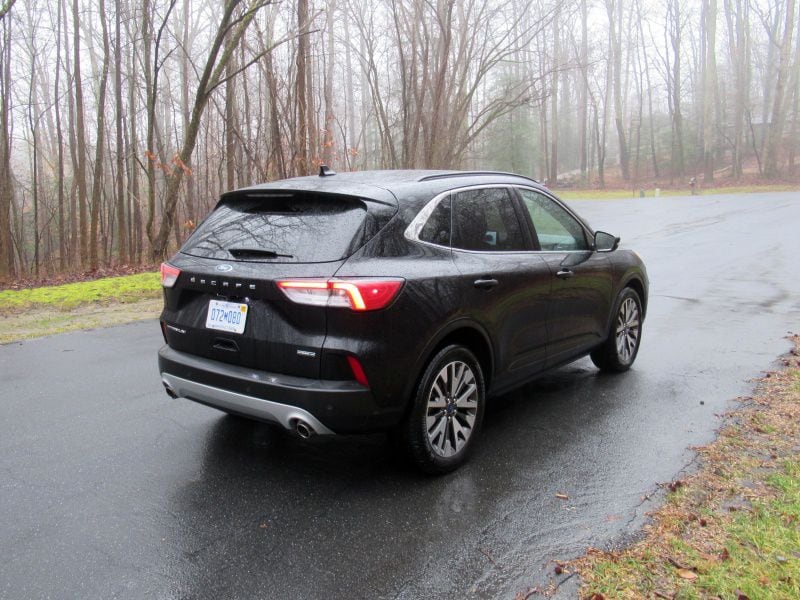
Photo by Brady Holt
Gentle Styling
The current-generation Escape appeared as a 2020 model, but it doesn’t look like a brand-new vehicle from the outside. Its overall shape and its details are rounded off instead of edgy and creased like many competitors, and only modest amounts of gray plastic cladding say anything like “I’m a capable SUV.” Some people will find this look dull; others will find it classy, timeless, and refreshingly car-like — the SUV for someone who wants extra cargo space without an SUV vibe.
If you miss the boxier, more purposeful design of older Escape generations, Ford still has you covered. The all-new 2021 Ford Bronco Sport is a version of the Escape with retro off-road-themed styling and genuine capability.
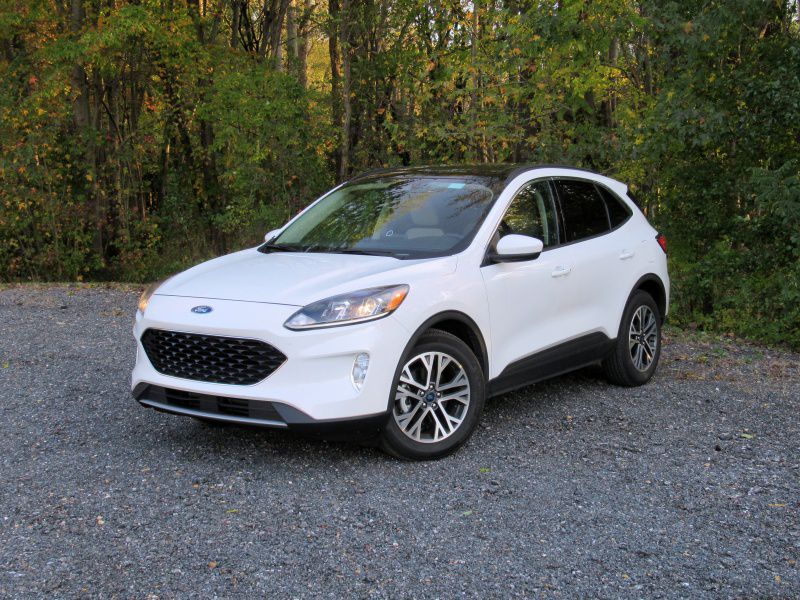
Photo by Brady Holt
Contemporary Interior
The Escape’s interior is open and modern. The dashboard has simple, crisp lines, and Ford didn’t neglect the passenger side of the dash. Like most new vehicles, the Escape has its infotainment screen perched on top of the dashboard. This approach keeps the screen in the driver’s line of sight and lets the rest of the dash design flow naturally without needing to fit a big screen in the middle. Ford provides a good-sized 8-inch touchscreen with Android Auto and Apple CarPlay smartphone integration on all but the base S trim level, which has a tiny, dated 4.2-inch display.
Controls are simple to figure out and operate. Some critics dislike Ford’s decision to use a rotary gear selector instead of a shift lever, but it’s easy to get used to, and it conveniently selects Park automatically when you switch off the vehicle. The overall interior cabin ambiance is pleasant — but poke around a bit, and you can find areas of cheapness. All the trim pieces on our test vehicle fit together well, but some plastics on the lower dashboard, center console, and rear door panels looked and felt inappropriate for an SUV that can cost well above $30,000. Ford was wise to cut costs in these relatively out-of-the-way places, but you still won’t exactly get a high-end feel.
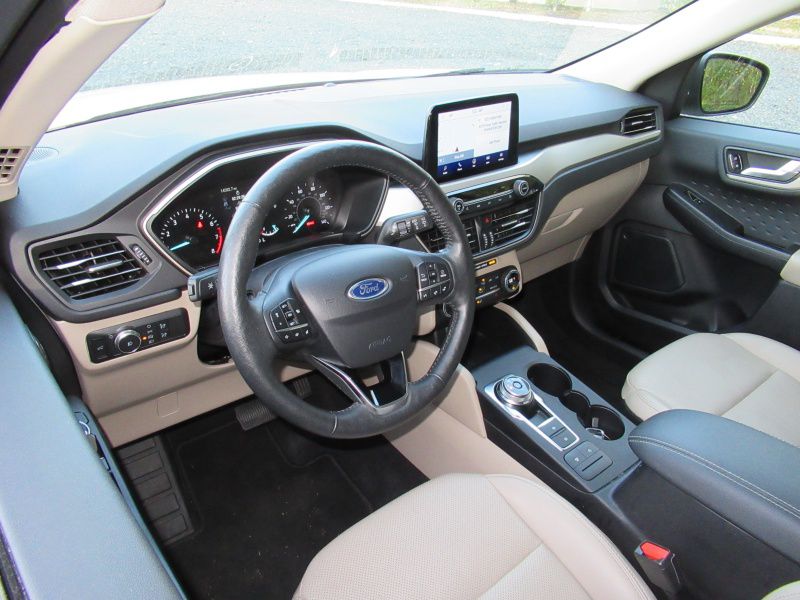
Photo by Brady Holt
Decently Comfortable Cabin
Like its competitors, the Escape is comfortable for four adults and can fit five without too much squeezing. Generally speaking, this is a spacious, family-friendly vehicle. And a fore-aft-adjustable rear seat lets you slide it forward or backward to prioritize either cargo space or passenger legroom.
That said, when you crunch the numbers, the Escape isn’t the roomiest compact crossover you can find. Slide the rear seat all the way forward, and Ford provides an excellent 37.5 cubic feet, among the highest figures in the class. But that only works if you’re carrying children in the back seat behind short adults; otherwise, there isn’t enough leg space to go around. The Escape’s rear seat has merely class-competitive legroom even in its farthest-back position, much less when you’ve slid it forward. With the rear seat all the way back, the Escape’s cargo capacity drops to a less impressive 33.5 cubic feet. And its maximum cargo capacity of 65.4 cubic feet is among the smallest in the compact crossover segment. There’s nothing special about the comfort provided by either the front or the rear seats, either; some competitors have more room, better padding, or better-shaped cushions.
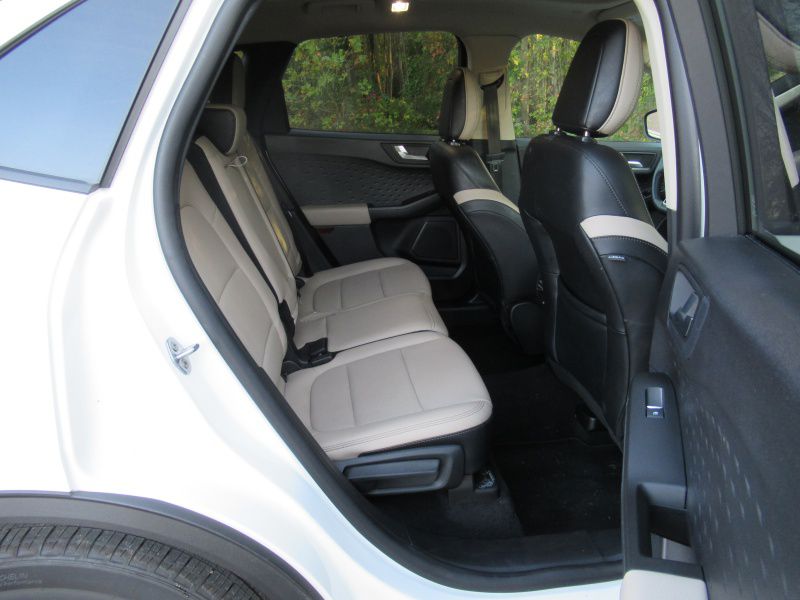
Photo by Brady Holt
Polished Handling
The Escape is easy to drive whether you’re trolling for a parking space or hustling down a winding back road. At low speeds, the Escape’s steering lightens up to require only the gentlest touch; spinning the wheel when you’re stopped faces minimal resistance, making tight maneuvers a breeze. And while it’s not the sportiest, most engaging vehicle you’ll find — even among SUVs — this Ford has high car-like handling limits that inspire confidence when you’re behind the wheel.
The Escape’s ride is firm but pleasant. That means you’ll feel bumps more than in a softer-riding vehicle, but also that the vehicle remains composed. You could find a gentler compact crossover, but the Escape requires a relatively small ride-quality tradeoff for its above-average agility.
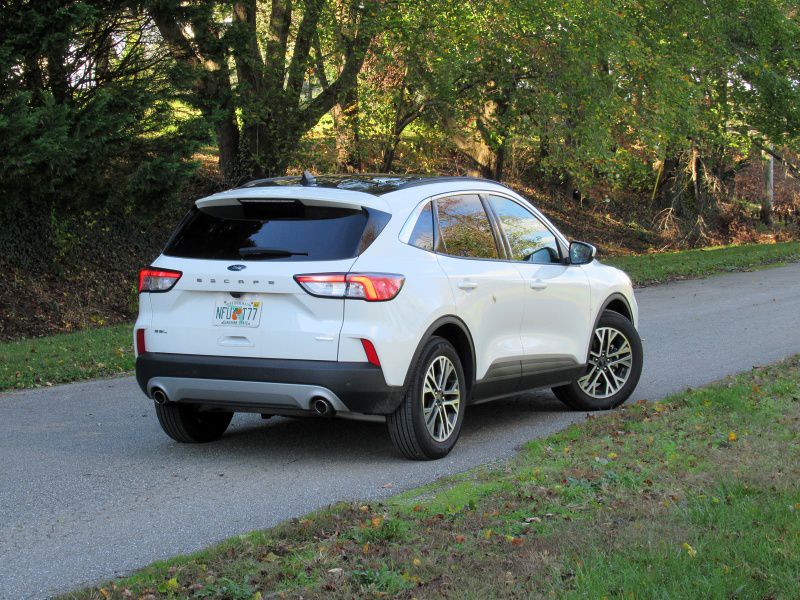
Photo by Brady Holt
The Little Engine That Could
A controversial piece of the latest Escape is its three-cylinder engine, a configuration that’s common among modern European cars — including Ford’s own European lineup — but that’s less familiar to Americans. We had few complaints about our three-cylinder test vehicle, though. Our Escape provided quick, rich-sounding acceleration along with excellent gas mileage.
EPA estimates for the three-cylinder Escape are 27 mpg in the city, 33 mpg on the highway, and 30 mpg combined with front-wheel drive and 26 mpg city, 31 mpg highway, and 28 mpg combined with all-wheel drive. We averaged 29 mpg in our AWD test vehicle. The only issue we had was that the engine sometimes lugged at low RPMs when we were cruising and then tried to accelerate; some critics have found the three-cylinder to be more frequently objectionable. When you want more power, the Escape’s optional 250-horsepower four-cylinder puts it near the top of its class for acceleration. What’s more, it gets a respectable 26 mpg in mixed driving on the same regular-grade fuel as the base model. Towing capacity is above average at 2,000 lbs for the base engine and 3,500 lbs for the four-cylinder.
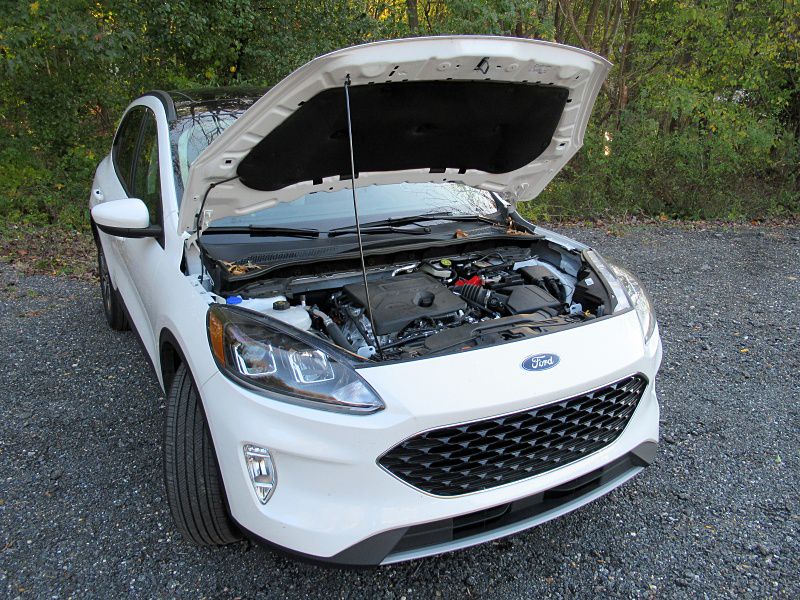
Photo by Brady Holt
The Hybrid Options
The other two available powertrains are gas-electric hybrids. One is the Escape Hybrid, which features a 200-horsepower combination of a 2.5-liter four-cylinder engine and two electric motors. It provides EPA ratings of up to 44 mpg in the city, 37 mpg on the highway, and 41 mpg overall; we averaged 42 mpg when we tested one. The Escape Hybrid costs just $1,000 more than the equivalent three-cylinder Escape, a worthwhile expense if you do a lot of stop-and-go driving and aren’t wedded to a livelier turbo engine.
There’s also the Escape PHEV (plug-in hybrid electric vehicle), which adds a bigger electric battery. It maximizes purely electric range — an estimated 37 miles — by plugging into the grid. Once you’ve used up that range, the PHEV functions like the standard Escape Hybrid: The electric motors save gas by taking over some effort from the gasoline engine, and the electric battery recharges itself as you drive normally. Unlike other Escapes or the competing Toyota RAV4 Prime, the Escape PHEV has no option for all-wheel drive. It costs about $5,000 more than the Escape Hybrid, but buyers can claim a $6,843 federal tax credit.
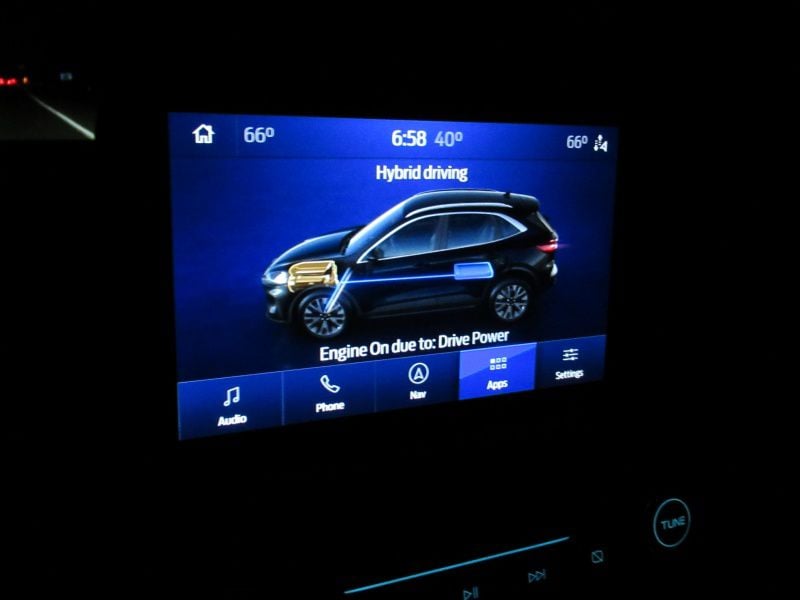
Photo by Brady Holt
Diverse Competitors
The compact crossover segment is perhaps the hottest in the market, meaning the Escape faces plenty of competition. Its choice of engines and its agile handling are two clear strong points, but depending on your priorities, a host of other models are also worth considering. Let’s go over some of them.
The Mazda CX-5 is a leader for luxury and performance, but it has worse gas mileage and a less intuitive infotainment system than the Escape. The Chevrolet Equinox has a polished driving experience but also worse mileage than the Escape. The Honda CR-V is a well-rounded vehicle with tons of interior space and respectable handling agility, but acceleration is unremarkable and its infotainment system is cumbersome. The Toyota RAV4, Nissan Rogue, and Subaru Forester have more room than the Escape but don’t drive as well. The Kia Sportage and Volkswagen Tiguan offer upscale qualities at appealing prices, and the Tiguan has extra-generous interior space, but neither gets good gas mileage. If you’re looking at hybrids, the CR-V and RAV4 also offer excellent gas-electric variants with similar pros and cons to their gas-only models.
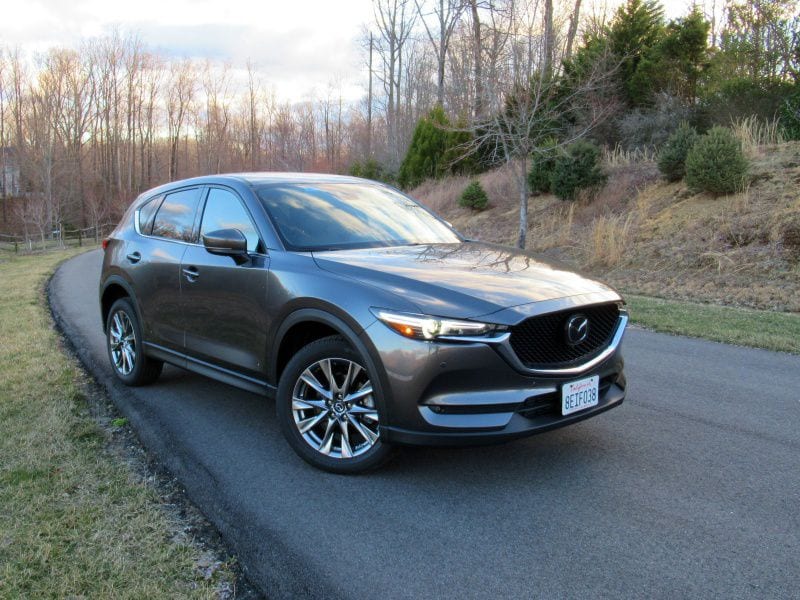
Photo by Brady Holt
Final Thoughts
The 2021 Ford Escape is an agreeable vehicle that’s easy to fit into your life. It’s easy to drive and unintimidating. Every version is appealingly quick and agile, and unlike most competitors, you can upgrade to specialty powertrains to provide exceptional acceleration or fuel-efficiency.
You can buy roomier and more opulently finished compact crossovers than the Escape. And we’ll again note that — unlike us — some critics have hated the standard three-cylinder engine, so you might similarly find it unsuited to your personal driving style. But as long as you’ve paid attention to those potential pitfalls and researched whether a competitor might fit your needs better, you should find plenty to like in the Escape.
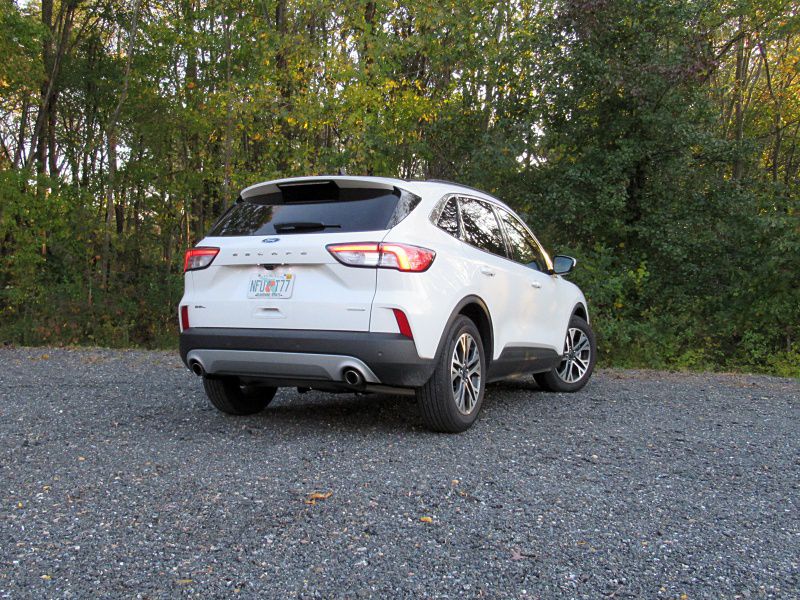
Photo by Brady Holt